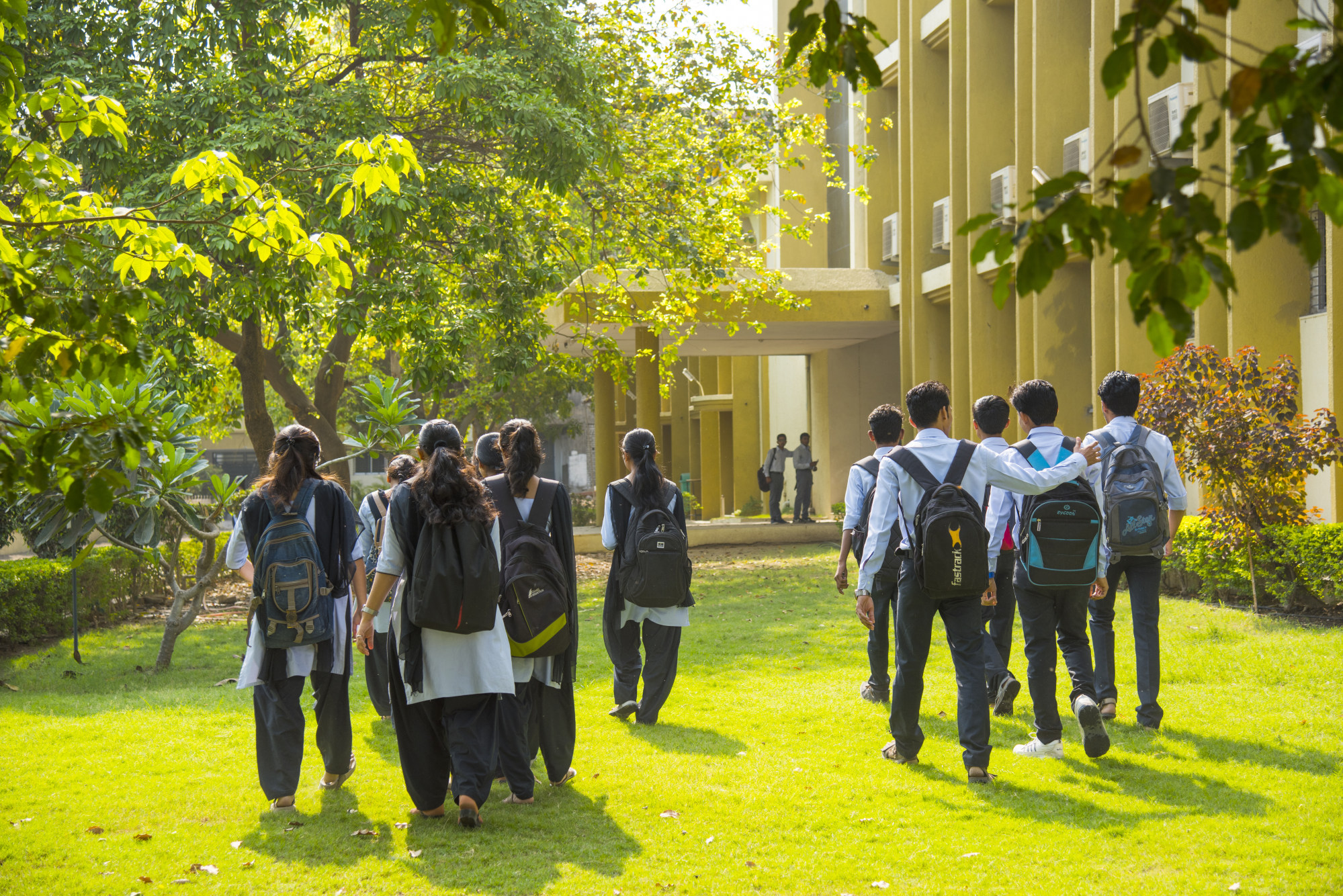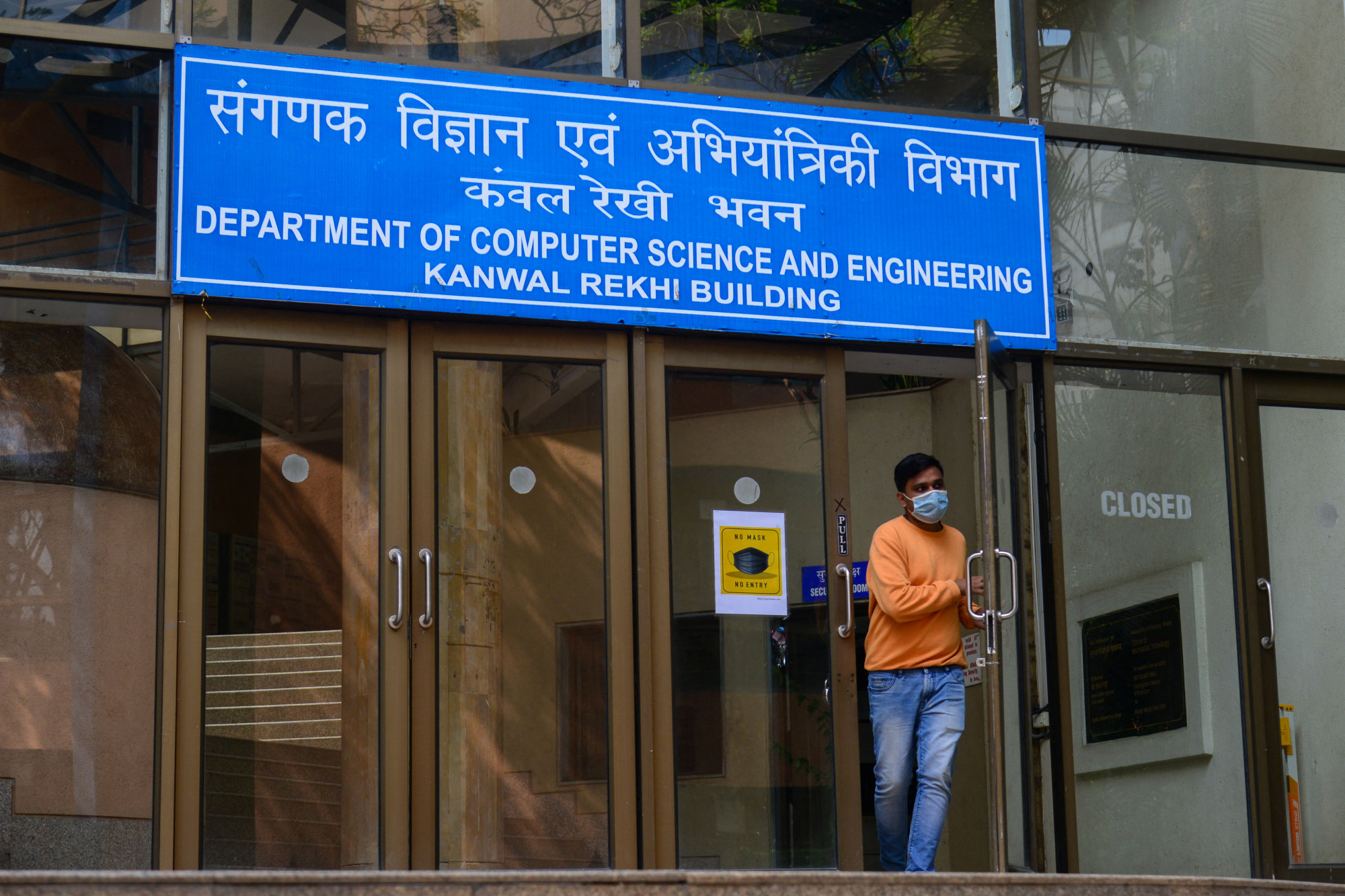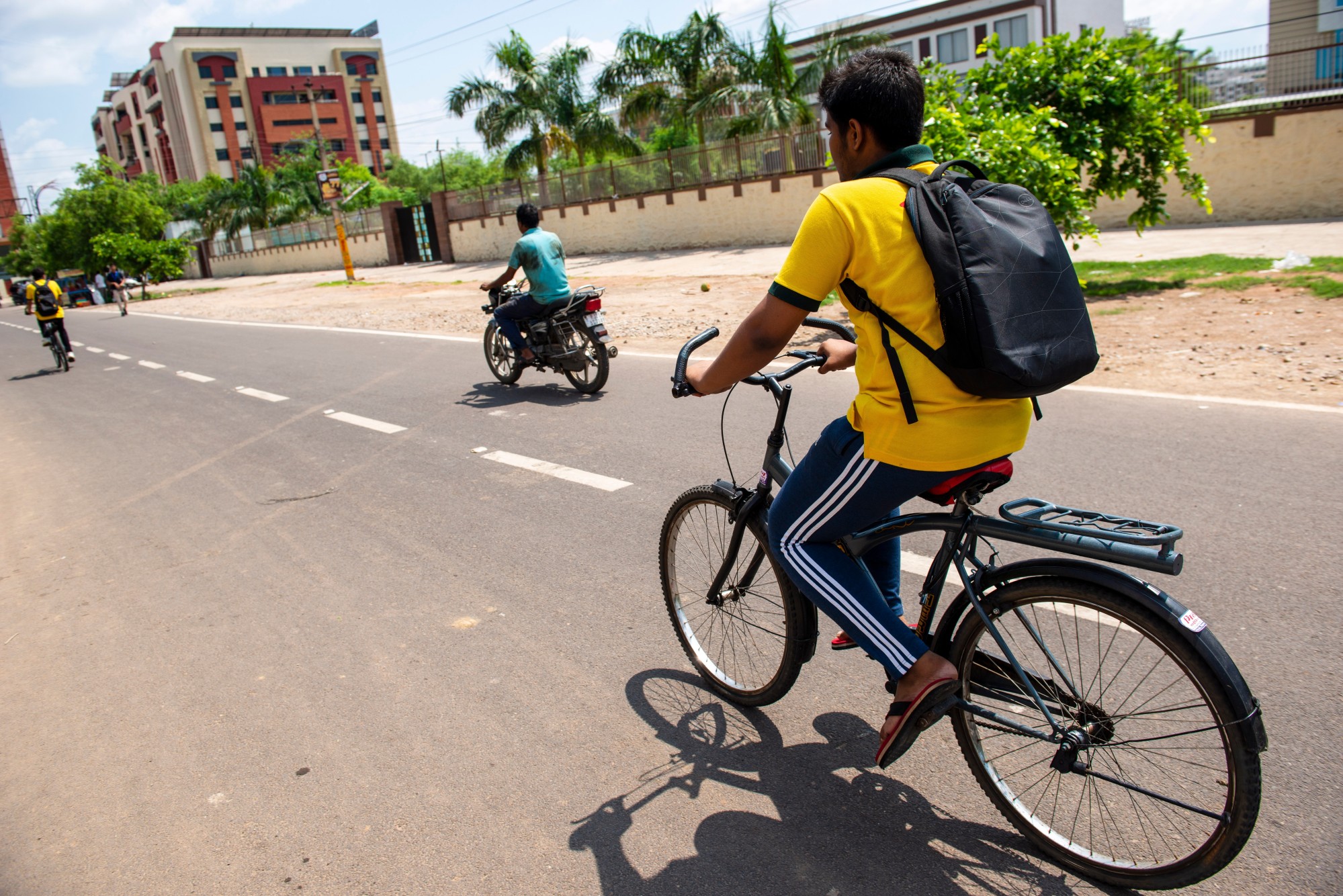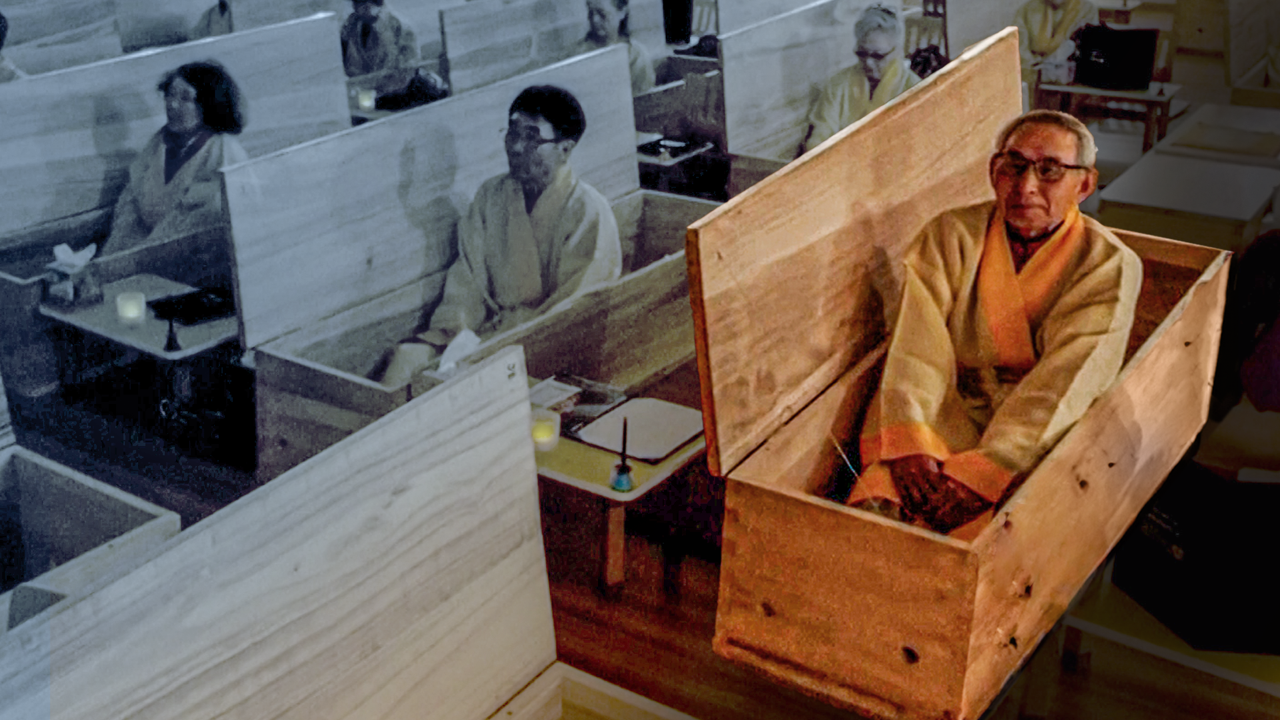Student deaths in India’s coaching hub spotlight ‘pressure-cooker’ academic culture: ‘I’m sorry mum and dad’
[ad_1]
Most of them come from middle-class or low-income families, and see studying at Kota as a chance to break into elite institutions and realise promises of a career as a doctor or an engineer in a fiercely competitive job market.
But the past decade has shed light on the dark underbelly of India’s cutthroat academic culture, revealing the immense pressure that students endure in Kota’s cram schools to try to achieve success.
The city has recorded more than 100 student suicides over the last 10 years, reaching a distressing peak in 2023 with at least 26 deaths reported in a single year.
“Every time there is news of a student dying, you are no longer surprised. We all understand why,” Gaurav said. “We just keep our heads down and keep studying.”

The latest reported death was that of 22-year-old Nisha Yadav, who was found in her hostel room in Kota without a suicide note in late November.
Like Gaurav, Yadav moved to Kota from Uttar Pradesh six months ago to prepare for medical college entrance exams. Her father told local news outlets that he did not think she had been under academic stress or pressure.
“She was performing quite well. She was intelligent and willingly came to Kota for coaching in May,” he said. “She had also visited home four to five times.”
Just two days before Yadav’s death, another student, 20-year-old Faureed Hussain from West Bengal, was also found dead in his room.
‘India’s MIT’: what’s the secret behind its top engineering schools?
‘India’s MIT’: what’s the secret behind its top engineering schools?
According to a report by the Hindustan Times newspaper in August, more than half of the deaths in Kota this year involved minors under the age of 18, and at least 12 students died by suicide within six months of moving to Kota.
Assistant superintendent of police Chandrasheel Thakur, who oversees the student department for Rajasthan police, says his office receives an average of six distress calls from students on its helplines every day, and two or three will often be serious in nature, requiring urgent care. These numbers can spike when a death is reported.
“We have a dedicated team of around eight experienced police officers who are in the field, trying to identify any red flags or symptoms of depression among students,” he told This Week in Asia. “We [not only] engage with these students, but also the hostel wardens and the guest house owners, as well as teachers and parents.”

Doctor or engineer?
Following the uptick in suicides, the Rajasthan state government in September issued guidelines requiring coaching institutes to roll out more mental-health programmes and student support helplines. Institutes must also stop admitting students under the age of 14, it said.
“India is a big, overpopulated country, and everyone can see there are very limited opportunities or jobs available,” said Amit Gupta, a biology instructor who has been coaching students in Kota for over 20 years.
“There’s an old-school mentality that becoming an engineer or a doctor is the only way you will be able to have financial security in this country,” he said. “That is what drives middle-class parents to push their children to pursue these fields.”
State universities in India, such as the prestigious Indian Institutes of Technology, accept students on the basis of an entrance exam, which is supposed to even the playing field for students from different backgrounds. Tuition at these government schools is also subsidised, unlocking an affordable pathway for aspiring doctors or engineers.
But the odds of securing a place at a state university are small. Last year, around 2.74 million students completed entrance examinations in the hopes of obtaining one of just 64,610 spots available at India’s top engineering and medical universities.

Also, studying in Kota is not cheap. Coaching centres charge around 100,000 rupees (US$1,200) in fees per year, on average, and then there are the boarding and lodging costs.
According to Gupta, privately-owned lodgings cost some 15,000 rupees a month, on average – which adds up the longer a student spends time in Kota. But many parents see this as an investment if their child makes it out as a doctor or an engineer.
“Some institutes actually use the emotional aspects to put pressure on students, reminding them how much money and effort their parents put into sending them here,” he said. “They end up putting these young kids on a kind of guilt trip, and that is a very callous thing to do.”
‘Pressure-cooker’ environment
According to Samir Parikh, a psychiatrist and chairman of Fortis National Mental Health Programme in India, the study-focused environment in Kota may be helpful for some students, but perilous for others.
“You have this young, vulnerable population being placed in this highly competitive environment, where you are virtually living with your competitors. This is almost like a pressure-cooker situation,” he said.
Students are pitted against each other based on their grades and the number of hours they spend studying, which can have strong negative effects on their mental well-being, Parikh added.
Can India’s plan to allow foreign university campuses help retain local talent?
Can India’s plan to allow foreign university campuses help retain local talent?
India’s Supreme Court last month also blamed parents for the increasing deaths in Kota. “Suicides are not happening because of the coaching institutes. They happen because the children cannot meet the expectations of their parents. The number of deaths could be much higher,” it said.
Kota instructor Gupta said it was time for parents to change their perspectives on success.
“In most of the suicide notes, we see the same thing written: ‘I’m sorry mum and dad, I could not live up to your expectations’,” he said.
“Parents have to understand that now, with an emerging India, there are more new opportunities in different fields. It is not the same India that it used to be 30 or 40 years back when they were kids.
“We need to tell our children that there are other paths to success, it’s not just medicine and engineering,” he added.
Assistant police superintendent Thakur said more parents were also coming to stay with their children in Kota guest houses, or visit more frequently. “Many of these teens are away from their homes for the first time, in a high-pressure situation, so it is important that parents stay connected with them and we encourage this.”
More than 13,000 students died by suicide in India in 2021, up by 4.5 per cent from 2020, according to government data.
For students like Gaurav, the struggles of his peers continue to reverberate whenever a death is reported in Kota.
“It feels wrong to share this, but one night, my friend and I talked about suicide, and whether we had any thoughts like that, or if it was an option,” he said.
“We were both crying. Can you imagine? Two grown boys crying? … But we promised each other that day we would not let it get to that point. We will find another way.”
[ad_2]
Source link


